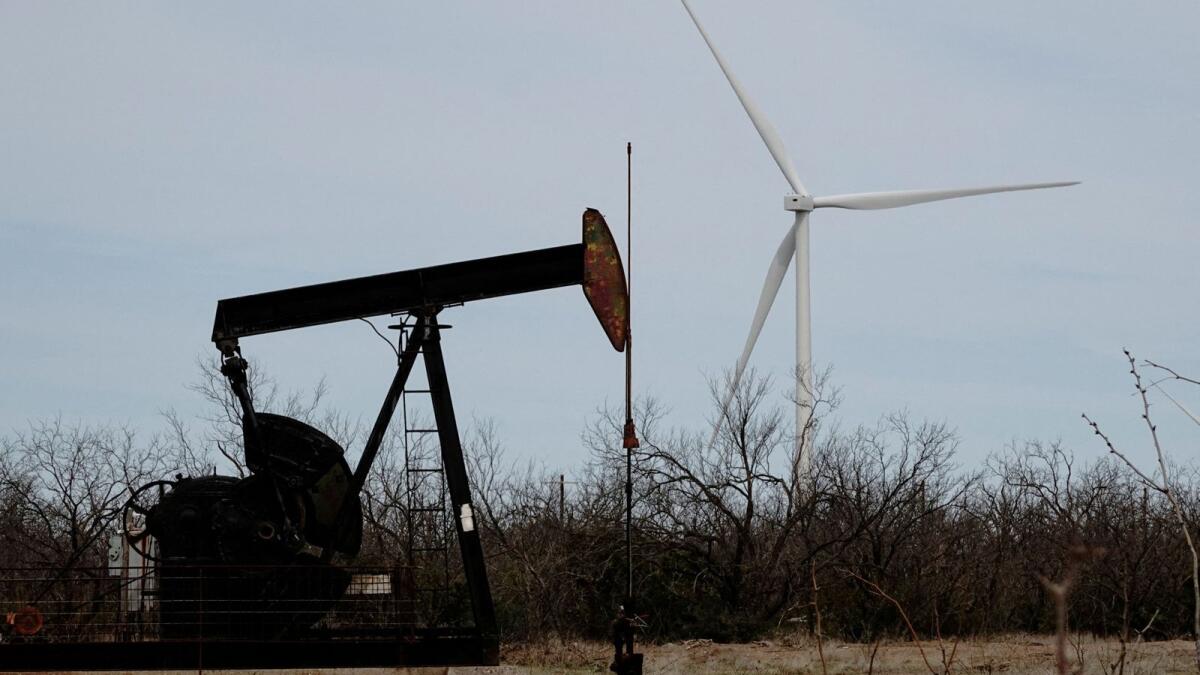International crude oil prices have experienced a significant increase after hitting an eight-month low, primarily driven by escalating violence in the Middle East and indications from the US Federal Reserve regarding potential interest rate cuts. The surge in prices comes amidst concerns of increased supply from OPEC and non-OPEC producers, as well as signs of weakening global demand. Brent crude futures rose by 2.89 percent to $81.30 per barrel, while US crude futures increased by 3.3 percent to $77.30 per barrel. The decline in global supply, with OECD stocks at a two-year low, has also contributed to the rise in oil prices.
In a positive development for oil prices, the US Federal Reserve Chairman Jerome Powell hinted at the possibility of an interest rate cut during the central bank’s next monetary policy meeting in September. Powell emphasized the need for policy adjustments based on incoming data, the evolving outlook, and the balance of risks. Analysts believe that the current volatility in crude oil prices is driven by short-covering and expectations of a rate cut by the Federal Reserve, providing support at lower price levels. Additionally, better-than-expected US existing home sales data and a decline in weekly inventory data have also influenced the resurgence in oil prices.
Despite the recent increase in oil prices, concerns remain over Chinese demand and the potential ceasefire in the Israel-Hamas conflict, which could limit further gains. Morgan Stanley has revised its oil price forecasts downward due to expectations of increased supply and weakening global demand. The firm anticipates that while the oil market will remain tight in the third quarter, it may move into a surplus by 2025. Factors contributing to this adjustment include a slowdown in production growth from key non-OPEC countries and market dynamics anticipating supply increases and demand softness in 2025.
China’s economic slowdown has played a significant role in the revised demand outlook, with factors such as increased sales of LNG-powered trucks and the adoption of electric vehicles affecting demand growth estimates. Despite the downward revision in demand, Morgan Stanley notes that the overall supply-demand balance may tighten for the remainder of the year. The firm now projects Brent crude prices to decline gradually to $75 per barrel by the end of 2025. Industry stakeholders and investors are preparing for a potential rebalancing of supply and demand dynamics in the coming years as market sentiment shifts towards anticipated softening in the latter part of 2024 and beyond.











